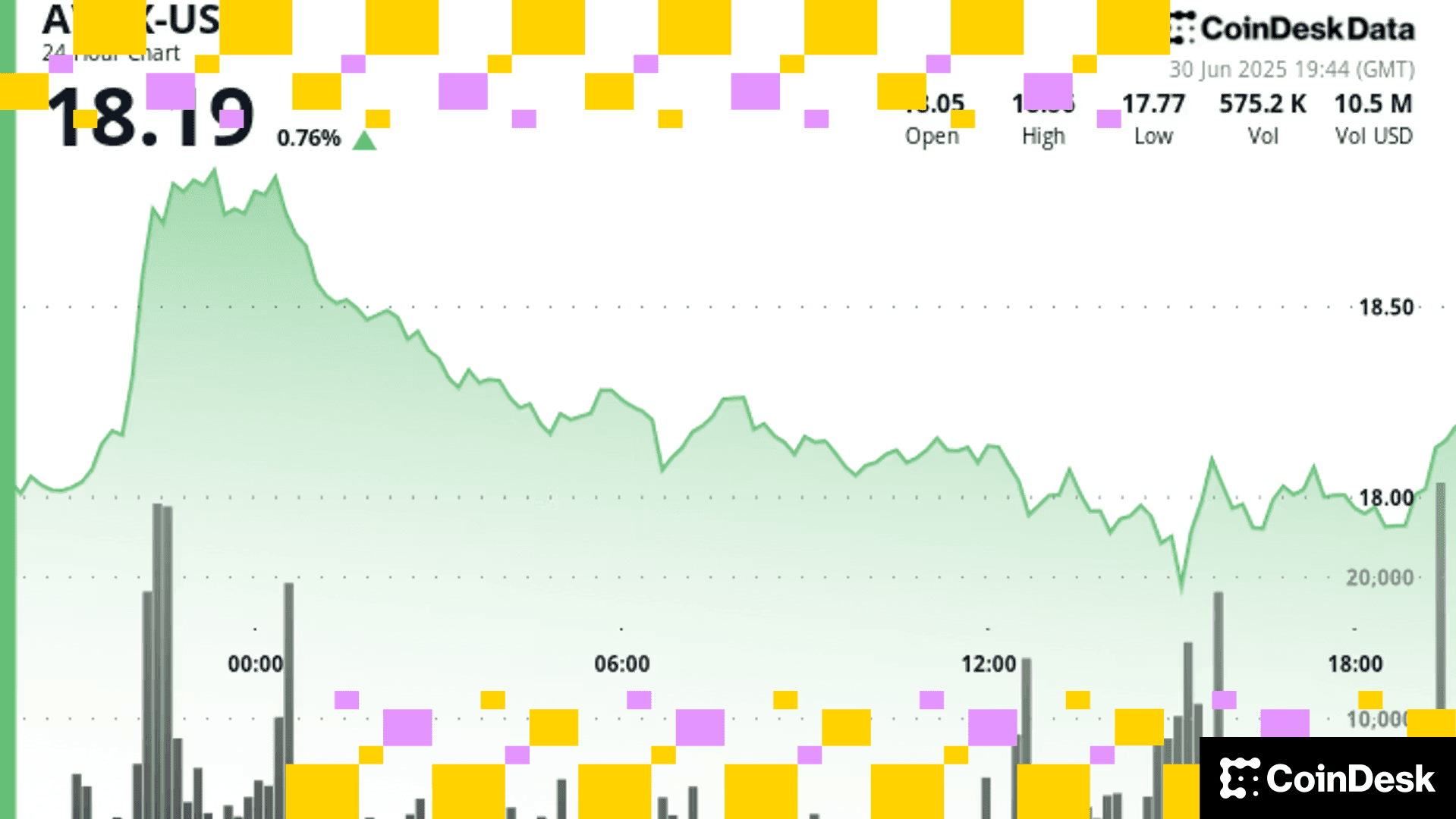Treasury Secretary Janet Yellen Calls Crypto 'Transformative' in Wide-Ranging Speech
The U.S. official addressed CBDCs, stablecoins and regulations.

A digital dollar could become a "trusted money comparable to physical cash," U.S. Treasury Secretary Janet Yellen said in her first speech on digital assets on Thursday.
Speaking to attendees at an American University event, Yellen highlighted the extreme divergence of perceptions about crypto, saying that’s often the case with “transformative” technology.
“Some proponents speak as if the technology is so radically and beneficially transformative that the government should step back completely and let innovation take its course,” she said. “On the other hand, skeptics see limited, if any, value in this technology and associated products and advocate that the government take a much more restrictive approach.”
She focused part of her speech on central bank digital currencies (CBDCs), an area of interest for U.S. policymakers over the past few years.
"The development of our currency to its current form has been a dynamic process that took place over centuries. Today, monetary sovereignty and uniform currency have brought clear benefits for economic growth and stability. Our approach to digital assets must be guided by the appreciation of those benefits," Yellen said. "Some have suggested a CBDC could be the next evolution in our currency. A recent report by the Federal Reserve opened a public dialogue about CBDCs and the potential benefits and risks that could be associated with issuing one in the U.S."
Any potential CBDC design would have to address its impact on the financial system, ability to address financial crime and national security questions, privacy implications, ability to address macro policy and how it might interact with existing fiat currencies, stablecoins or other CBDCs, Yellen said.
Pointing to U.S. President Joe Biden's executive order on digital assets, Yellen said any potential CBDC would have to support the dollar's role in international markets.
"I don't yet know the conclusions we will reach, but we must be clear that issuing a CBDC would likely present a major design and engineering challenge that would require years of development, not months. So, I share the president's urgency in pulling forward research to understand the challenges and opportunities a CBDC could present to American interests," she said.
Yellen highlighted five lessons she believes apply to Treasury's work on digital assets through her speech: the financial system "benefits from responsible innovation," the potential harms to vulnerable individuals if regulation does not keep up with innovation, rules should focus on activities and their risks rather than technologies specifically, the U.S. benefits from the dollar's current role and regulators should work with industry in supporting responsible innovation.
The Treasury secretary pointed to specific concerns around the existing crypto market, such as runs on stablecoins. She referenced last year's Iron Finance run, when its TITAN token fell in price, which led to its IRON stablecoin losing its peg to the U.S. dollar.
"This is not hypothetical. A stablecoin run occurred in June 2021, when a sharp drop in the price of the assets used to back a stablecoin set off a negative feedback loop of stablecoin redemptions and further price declines," she said.
UPDATE (April 7, 2022, 15:15 UTC): Adds links, additional detail.
More For You
Exchange Review - March 2025

CoinDesk Data's monthly Exchange Review captures the key developments within the cryptocurrency exchange market. The report includes analyses that relate to exchange volumes, crypto derivatives trading, market segmentation by fees, fiat trading, and more.
What to know:
Trading activity softened in March as market uncertainty grew amid escalating tariff tensions between the U.S. and global trading partners. Centralized exchanges recorded their lowest combined trading volume since October, declining 6.24% to $6.79tn. This marked the third consecutive monthly decline across both market segments, with spot trading volume falling 14.1% to $1.98tn and derivatives trading slipping 2.56% to $4.81tn.
- Trading Volumes Decline for Third Consecutive Month: Combined spot and derivatives trading volume on centralized exchanges fell by 6.24% to $6.79tn in March 2025, reaching the lowest level since October. Both spot and derivatives markets recorded their third consecutive monthly decline, falling 14.1% and 2.56% to $1.98tn and $4.81tn respectively.
- Institutional Crypto Trading Volume on CME Falls 23.5%: In March, total derivatives trading volume on the CME exchange fell by 23.5% to $175bn, the lowest monthly volume since October 2024. CME's market share among derivatives exchanges dropped from 4.63% to 3.64%, suggesting declining institutional interest amid current macroeconomic conditions.
- Bybit Spot Market Share Slides in March: Spot trading volume on Bybit fell by 52.1% to $81.1bn in March, coinciding with decreased trading activity following the hack of the exchange's cold wallets in February. Bybit's spot market share dropped from 7.35% to 4.10%, its lowest since July 2023.
More For You












